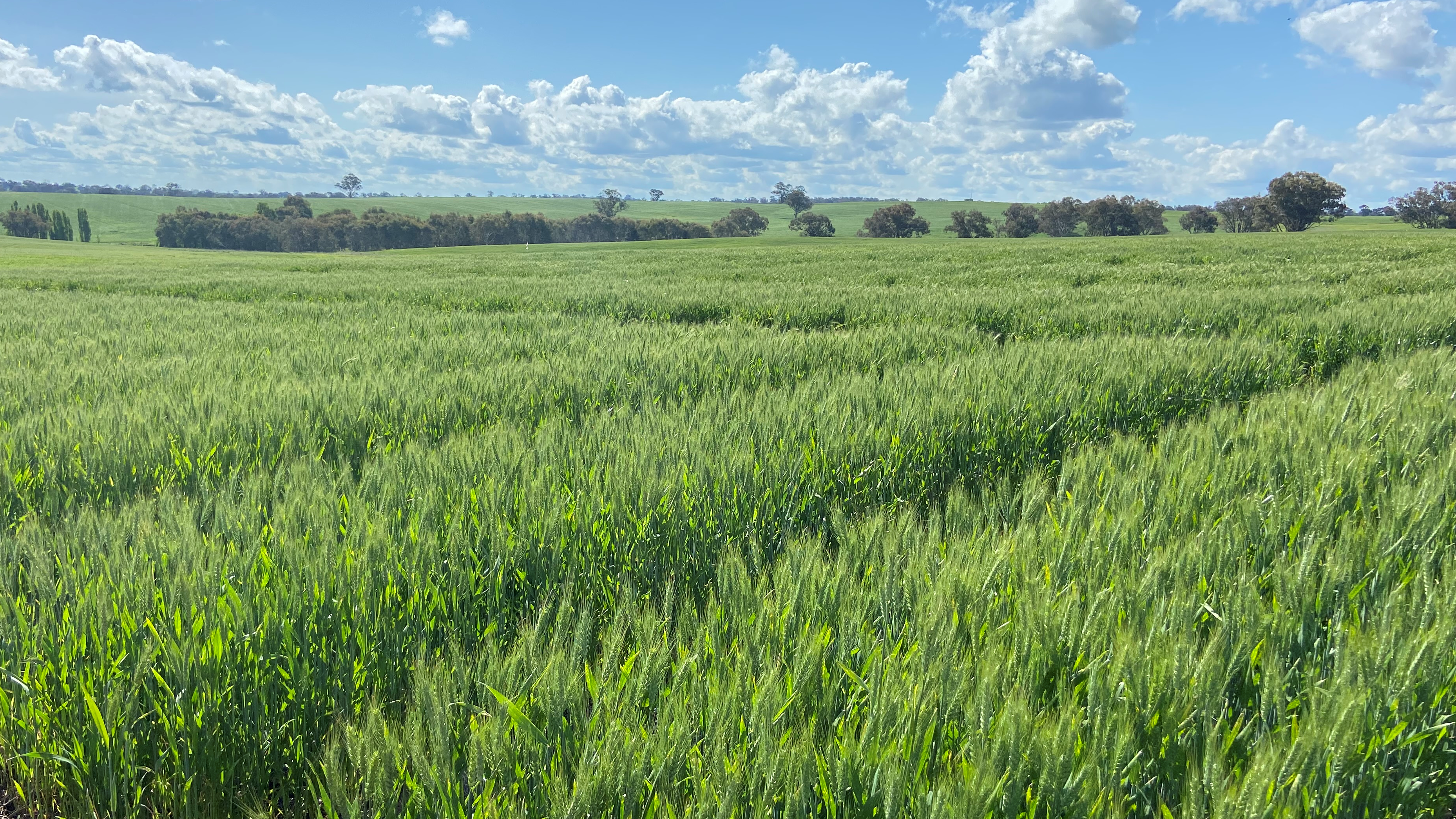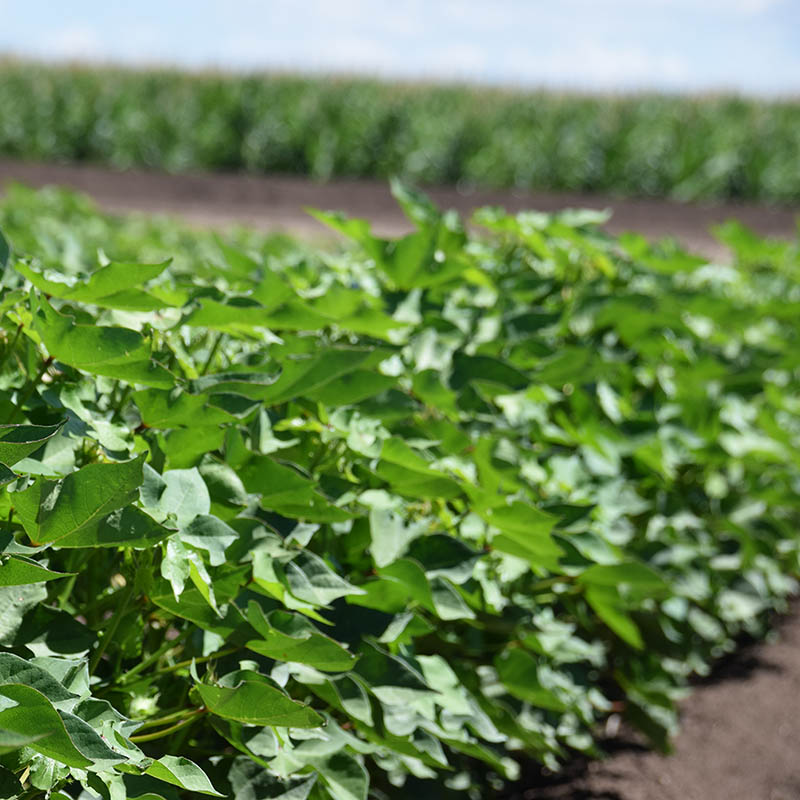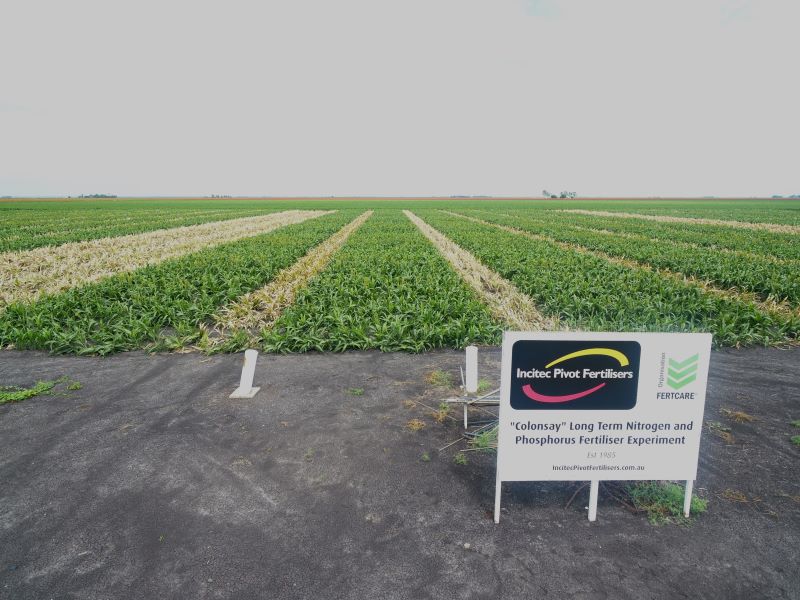Agronomic Insights

David McRae – IPF Technical Agronomist
The past three seasons in northwest New South Wales and southern Queensland generated high-yielding winter crops. This has mined soil Nitrogen supplies and on top of this N export, sporadic denitrification events have been experienced due to flooding and waterlogged soils.
Nitrogen fertiliser will need to be applied, but it will require rain and time to get into the profile and down to an appropriate depth.
With a drier season expected, it will be a challenge for growers and agronomists on heavy vertosol soils to achieve a successful combination of fertiliser placement, timing and co-located moisture. A mismatch of these three critical factors will result in yellowing crops with reduced growth, with likely negative yield implications.
Location of N in the profile
Soil nitrate-N results from the long term Incitec Pivot experiment at Colonsay indicate the greatest zone of N depletion is at 30-70 cm soil depth (Figure 1).

Nitrate-nitrogen is moved down the profile by soil moisture. If in-crop rainfall is low, N movement down the profile will be limited.
In wheat, nitrogen demand increases rapidly towards the end of tillering, into stem elongation and through to head emergence (Figure 2). Generally, biomass development in this period is well correlated to yield if crops do not suffer from terminal moisture stress. The yield potential of crops suffering from nitrogen stress or deficiency during this period is reduced due to lower biomass production and lower grain number.

Crop root development by the end of tillering / start of stem elongation will have reached a depth of approximately 50 – 60 cm in unconstrained soil (Figure 3).
If the availability of soil moisture in upper layers is low, crops will rely on available nitrogen in lower layers to supply crop requirements. Analysis of deep soil-nitrogen results from the Nutrient Advantage Laboratory this season indicate low availability of nitrogen in most fields.

There are two key development periods for cereals during the end of tillering to head emergence. The first is head initiation, which occurs at the end of tillering. The second is head growth, which occurs from flag to head emergence. Reduced N availability during these periods has major effects on yield potential.
Foliar N a solution
Where soil moisture in upper layers is low and expected rainfall is insufficient or to incorporate and activate soil applied N fertilisers, foliar N applications may provide a solution. Foliar N applications have been shown to be effective in supplementing the difference between crop demands and soil supply of N, particularly during high uptake periods. In some situations, foliar N has maintained plant growth rates and allowed the plant roots to forage further and find more N as well.
Studies have investigated the effectiveness and efficiency of foliar N applications under varied conditions. Some studies focused on efficiency of foliar N to increase grain protein at flowering while others looked at N uptake into plant biomass at earlier growth stages (Gooding and Davies 1992, Rawluk et al 2000 and Smith et al 1991). Generally, soil applied N was incorporated into the soil with water and compared to foliar applied N.
Reported results of foliar N effectiveness vary from 10-60%, which covers both uptake into grain as well as plant tissue. Uptake into plant tissue was generally on the higher end and this supports the use of Foliar N to supply targeted applications of N when soil supply is short.
Considerations before applying foliar nitrogen:
- Crop growth stage
- The effectiveness of foliar N relies on the amount of N fertiliser product that is intercepted and retained on the leaves and stems. Crops which cover more of the ground will intercept a higher proportion of the applied fertiliser.
- The effectiveness of foliar N relies on the amount of N fertiliser product that is intercepted and retained on the leaves and stems. Crops which cover more of the ground will intercept a higher proportion of the applied fertiliser.
- Crop N requirement
- If no extra N is needed, then there will be no benefit of foliar N application.
- If no extra N is needed, then there will be no benefit of foliar N application.
- Leaf disease status:
- Diseased leaf tissue will either not take-up N or N will be trapped in leaf, not available for remobilisation if required.
- Weather conditions:
- Frost, high temperatures and/or windy conditions can cause plant stress, reducing plant capability to use applied N and increasing the risk of leaf damage.
- Soil moisture:
- If crops are moisture stressed and not growing, Foliar N may be detrimental as plants will not be able to assimilate N and leaf damage can be caused.
IPF’s Easy Liquids range of liquid fertilisers includes foliar N fertiliser, Easy N-Fol. It can be applied with conventional nozzles targeting a medium droplet. Common application rates for winter cereals and canola are 60-80 L/ha.
References
Gooding MJ and Davies WP (1992) Foliar urea fertilization of cereals: a review. Fert. Res. 32: 209-222.
NSW DPI (2008) Wheat – Growth & Development.
Further information
For further information about Easy N-Fol, application rates or ag chem compatibilities, please contact your local Easy Liquids Sales Agronomists.
You can also contact either:
Conrad Leeks on 0466 664 026 conrad.leeks@incitecpivot.com.au
Bob Moorfield on 0488 067 736 robert.moorfield@incitecpivot.com.au
Matt Urquhart on 0429 789 298 Matthew.Urquhart@incitecpivot.com.au
OR an IPF agronomy team member:
David McRae on 0477 987 321 david.mcrae@incitecpivot.com.au
Bede O’Mara on 0417 896 377 bede.omara@incitecpivot.com.au
Jim Laycock on 0427 006 047 jim.laycock@incitecpivot.com.au
Resources
DOWNLOAD INSIGHTDISCLAIMER
This is a guide only, which we hope you find useful as a general tool. While IPF has taken all reasonable care in the preparation of this guide, it should not be relied on as a substitute for tailored professional advice and IPF accepts no liability in connection with this guide. Incitec Pivot Fertilisers manufactures and sources fertilisers from other suppliers. The fertiliser supply chain extends beyond the company’s direct control, both overseas and within Australia. Incitec Pivot Fertilisers hereby expressly disclaims liability to any person, property or thing in respect of any of the consequences of anything done or omitted to be done by any person in reliance, whether wholly or in part, upon the whole or any part of the contents of this article.
You might also be interested in these

Summer Crop
Power up cotton with petiole testing
November / 2023

Horticulture, Pasture, Sugar, Summer Crop
Loveday & Pyle test – a comprehensive indicator of soil stability
February / 2023

Summer Crop
Phosphorus and Zinc: Key to establishing crops
September / 2023

Summer Crop
Summer crop 23-24: Nutrient strategies and lessons from last season
August / 2023

